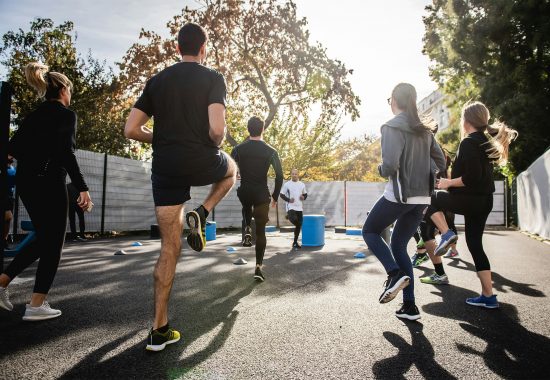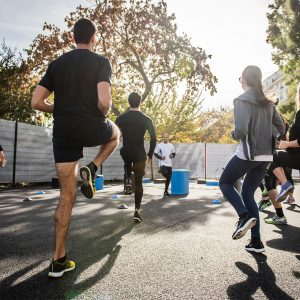Physical activity stands as a cornerstone for holistic health, playing a pivotal role in disease prevention, emotional well-being, and physical vitality. Engaging in regular physical activity isn’t merely a lifestyle choice; it’s a powerful prescription for a healthier, more fulfilling life. Scientific evidence consistently highlights the myriad benefits of an active lifestyle, from lowering the risk of chronic diseases such as heart disease, diabetes, and certain cancers to fostering emotional resilience and mental well-being. Unfortunately, nearly 80% of Americans, fall short of recommended physical activity guidelines, leading to a surge in public health initiatives, campaigns, and smartphone applications aimed at increasing activity levels.
For those with living with moderate to severe traumatic brain injury (TBI), the challenge of meeting recommended activity levels is compounded by mobility limitations, pain, and the loss of social opportunities. The unique barriers faced by those living with the effects of TBI, from safety concerns to emotional hurdles, make the need for tailored interventions all the more critical.
Dr. Rabinowitz recently initiated a new study funded by the National Institute of Disability Independent Living and Rehabilitation Research, examining a novel program developed in her Brain Injury Neuropsychology Laboratory designed to boost physical activity among individuals living with TBI. This 10-week program, called GetUp&Go, was designed with input from persons with lived experience of TBI, and includes one-on-one meetings with a therapist by video conference and phone, as well as a supportive smartphone application to offer real-time reminders and encouragement. Dr. Rabinowitz stated, “We hope the results of this research will lead to improvements in treatment that, not only promote physical activity, but also to redefine possibilities for those navigating life after TBI.”
Recruitment for participation in this clinical trial began at the beginning of this year and will continue until reaching the target enrollment of 70 participants (expected in early 2027).
* This article was adapted from an article published in The Moss Traumatic Brain Injury Model System’s Spring 2024 Edition of Brain E-News.


